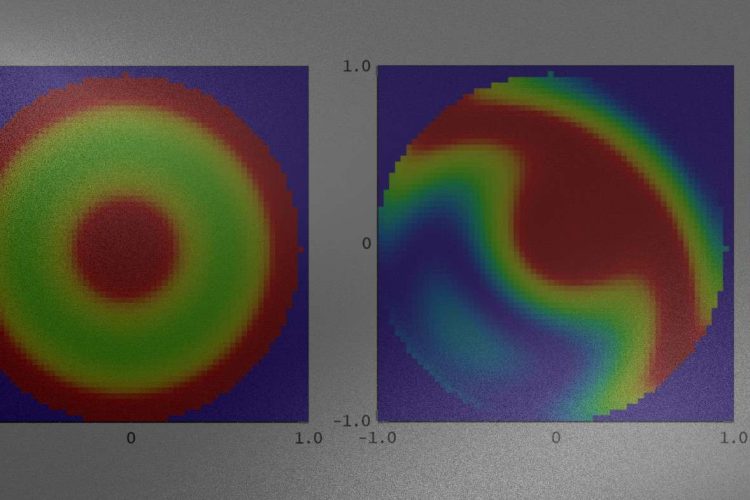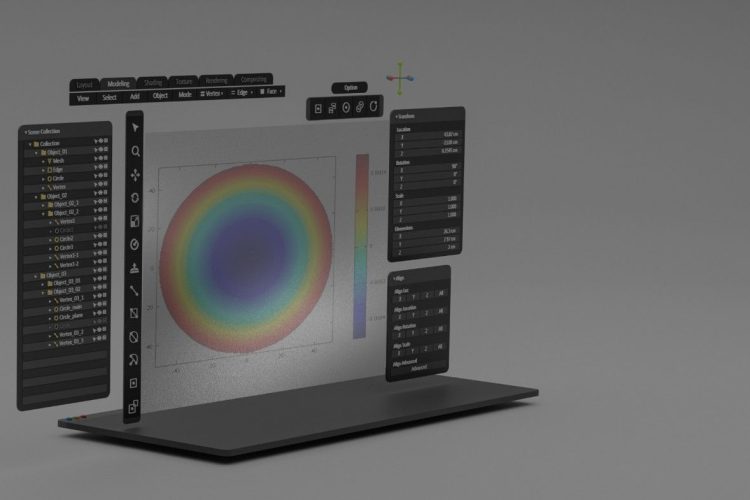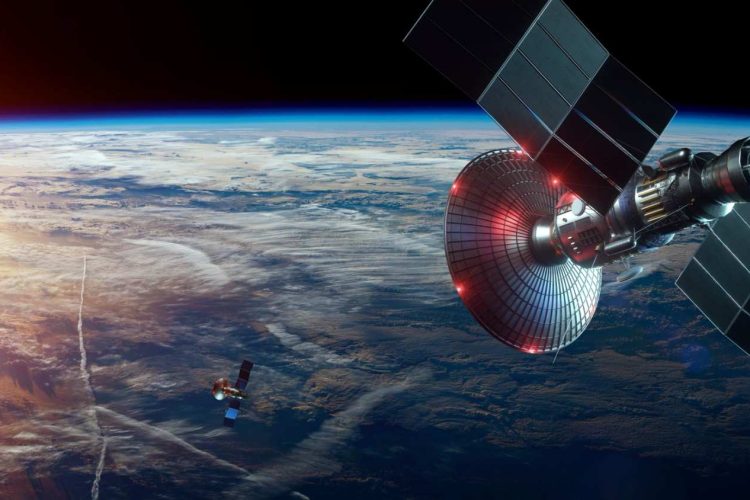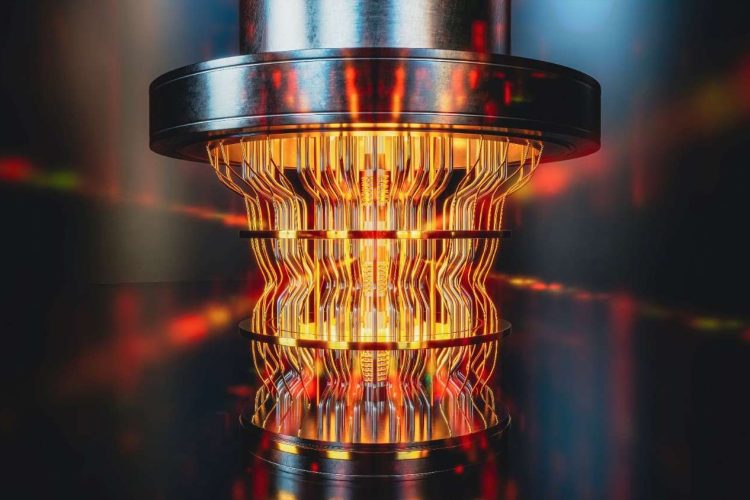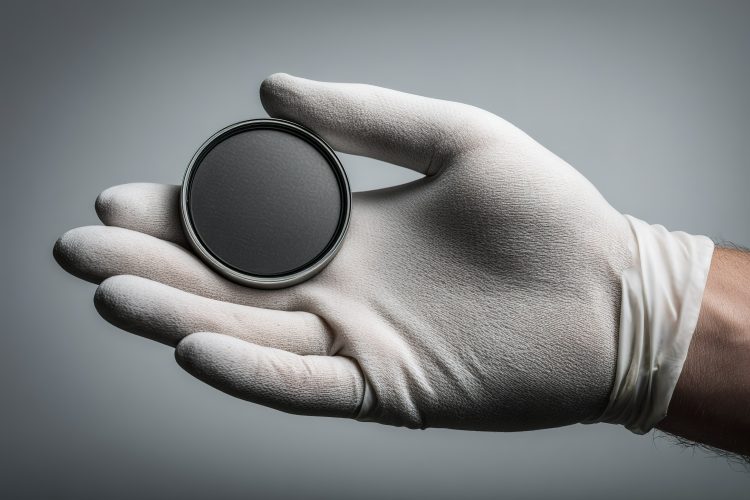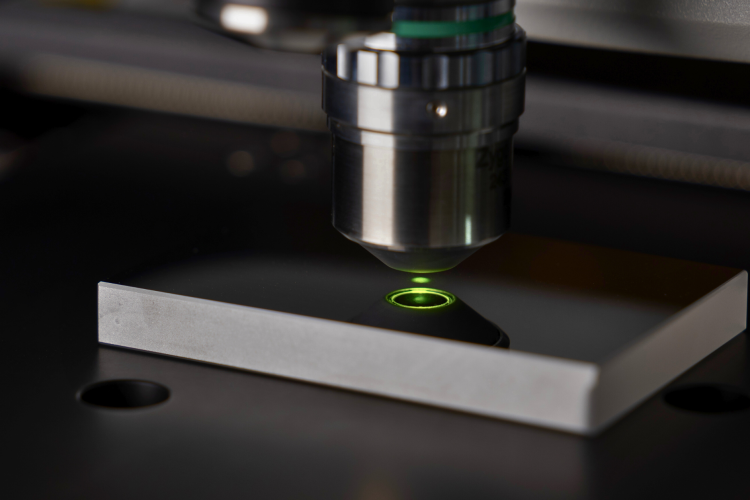Introduction to SSI Subaperture Stitching Interferometry In the evolving landscape of optical systems manufacturing, test results with high measurement accuracy are critical—especially for large aperture and aspherical surface components used in technologies such as astronomical telescopes and EUV lithography. Conventional interferometers struggle to capture precise full aperture measurements due to limitations in range and aberration […]


